We first visited Barolo, in the Piedmont region of Italy, in the spring of 2014. By sheer luck we happened to be there the weekend the Enoteca Regionale del Barolo was celebrating the outstanding 2010 release. For €15 we were given a glass and the freedom to taste as many of the 100+ wines they had open on the tables in front of us. This visit began my love affair with Barolo – the wine, the village, and the region.
The village of Barolo with La Morra on the hill behind
I absolutely love this place, and everything about it. The wine was our first draw but the beautiful countryside, the food, and the people just keep me coming back.
A family tasting of the 2010 Barolo release
Much like the wines in my Comparing Brunello and Vino Nobile Wines in Tuscany post, Barolo and Barbaresco are produced with the same grape, situated only a few kilometers away from each other, and are both DOCG wines, but they are distinctively different.
What’s the Difference between Barolo and Barbaresco?
First, let’s talk about the grape, Nebbiolo. Named for the fog, nebbia in Italian, that often forms in the valleys in the morning, it is a highly acidic and tannic grape making it ideal for highly structured, long aging wines.
For such high levels of tannin, the skin of these grapes is relatively thin and wine is usually much paler than you might expect from a wine with this much body. The color tends toward a pale garnet but even with wines aged just a few years there is often a bit of brown detected at the rim.
Some producers are even using Nebbiolo to produce a sparkling “blanc de noirs.” It is one of the world’s great grapes and this area of Piedmont is its home.
Barolo
Enrico Rivetto explaining his biodynamic techniques with Serralunga in the background
Of the two, Barolo is considered to be the fullest, and is often referred to as the King of Wines. To be clear, Barolo is the name of a wine. It is also the name of the only region where this wine can be produced, and is also a village in that region. We visited a few of the Barolo regions on our wine tasting tour!
The biggest, boldest wines here are produced in the communes of Monforte d’Alba, Serralunga d’Alba and Castiglione Falletto. Here the soils are poor clay and sandstone, the beige tinged Helvetian soil. The wines are fully structured and built to last. Aromas of dark cherries, ripe strawberries, and roses are often detected with anise, baking spices, tar, and truffles, often described as secondary flavors.
Nebbiolo grapes just before harvest
In La Morra and Barolo (the village) the Tortonian soil has a bit of a blue shade and is more calcareous. This produces a wine that is a little more fruity and aromatic. The red fruits seem brighter and the style is more elegant. But make no mistake, these are still full-bodied wines with great aging potential. Some of the most classic producers are situated around these villages.
All Barolo wines must be aged for a minimum of 3 years, with at least 18 months in barrels. A Riserva must be aged a total of five years before release.
Traditionally, it was advisable for Barolo to age at least ten years, sometimes much longer, before the astringent tannins and high acidity had softened to a point where they should be consumed. But more modern wine making techniques have made many of these wines more approachable upon release. Still, the best wines will age gracefully for ten, twenty, thirty years or even longer. An aged Barolo with tertiary flavors of leather, licorice, and tobacco is a special treat indeed.
Enjoying a bottle of Elio Altare at La Vite Turchese
Barbaresco
The village of Barbaresco during a Vespa day
Situated about 20 kilometers northeast of Barolo is Barbaresco, where the unique climate and soils combine to produce a more elegant expression of the Nebbiolo grape. Like Barolo, Barbaresco is a village, a region, and a wine. In between the two villages lies the city of Alba, home to the International Truffle Fair.
Although lower in elevation and technically warmer than Barolo, the best vineyards here are influenced by breezes coming off the Tanaro River which winds its way through the region. The soil here is also more fertile and rich in limestone and contains more sand. The four communes allowed to produce this wine are Neive, Treiso, San Rocco Seno d’Elvio, and Barbaresco itself.
Barbaresco wines have the common rose and anise notes of the Nebbiolo grape but the fruits are brighter and strawberry and raspberry are commonly used as descriptors.
Barbaresco wines must be aged for a minimum of 26 months with 9 of that in wood. Riserva age for at least 50 months with a minimum of 24 months in barrels.
The Tanaro River at dusk
These wines are even more approachable young, but they are still very complex, age worthy wines. The elegance and femininity found in these bottles earn them the title of the Queen of Wines and are easier to pair with food.
What’s the difference between Barolo and Nebbiolo Wines?
Barolo and Barbaresco are not your only choices for getting to know the Nebbiolo grape. Wine labeled as Nebbiolo d’Alba or Langhe Nebbiolo are wines that can be sourced anywhere in the region and do not have the long aging requirements of the DOCG’s. They are much more affordable and don’t require aging to enjoy them at their full potential.
Roero Nebbiolo
Across the Tanaro from Barbaresco is the Roero region. Famous for their white grape Arneis, the sandy soils here produce a wonderful Roero Nebbiolo which is also a DOCG. These wines are as intense and structured as Barolo, while also having Barbaresco’s sweet fruit. They offer some of the best value in the area.
A Nebbiolo tasting inculding a sparkling, Nebbiolo d’Alba, Barbaresco, and Barolo
When you visit the area there are so many small producers to try it never gets old. Here are a few of our favorites that are relatively easy to find in the US. You can see my post An Insider’s Short List of Favorite Barolo Wines for some of our favorites.
Here are a few Barolo we have discovered recently.
Viberti Giovani - We visited this winery on our last Small Group Tour of Piedmont and fell in love with the wine, the people, and the cantina. It is a traditional family run winery just outside of La Morra. Its flagship Barolo “IL Buon Padre” is also the name of their traditional restaurant above the cantina. In addition, they recently opened a more contemporary restaurant in Barolo called Locanda La Gemella
Elio Altare - On a recent visit to the area, we stopped into our favorite wine shop, La Vite Turchese, and asked Stefano to pick out a special bottle of wine for us. We spent the next few hours savoring this extraordinary wine as it slowly evolved in our glasses. This was one of the best bottles we’d had in a long time. The next day at an Easter Dinner with our friends at La Giolitta, we met the winemaker!
Virna - On our most recent trip to Barolo, we were invited to a lovely dinner hosted by Virna Borgogno. A special evening with just a few friends, she shared some wine from a recent trip to Portugal and of course some of her wine as well. She and her sister Ivana now run the winery passed down to them from their father Lodovico.
Some of our favorite Barbarescos include:
Sori’ Paitin - A very traditional producer who creates beautifully elegant wines. They are also relatively easy to find in the US.
Bruno Rocca - We bought a case of their 1990 Rabaja several years ago and enjoyed it immensely. Later we visited the beautiful cantina just outside of Barbaresco and it is still one of our favorites.
Produttori del Barbaresco - Originally founded in 1958, this is now a collective of 51 growers who combine their resources to produce many outstanding wines including several single vineyard labels.
For a more economical introduction to the Nebbiolo grape try one of these:
Produttori Langhe Nebbiolo - In addition to several Barbaresco wines, the Produttori makes a marvelous Langhe Nebbiolo. This was our first exposure to the Nebbiolo grape purchased at Jimmy’s Food Store in Dallas where we met so many great wine makers at their wine tasting dinners over the years.
Vietti Perbacco Nebbiolo delle Langhe - One of our most memorable tastings we ever went to was at Vietti in Castiglione Falletto. We met with Elena, wife of 4th generation owner Luca. What was supposed to be about a 45 minute tour turned into more than two hours which we only cut short because we had another appointment we had to make. We later met Luca back at Jimmy’s!
Paolo Scavino - A quality family producer whose wines are widely available in the US. Their focus is on the three primary red grapes of the region, Nebbiolo, Barbera, and Dolcetto.
Also check out our 3-day Tuscan Wine Itinerary! Dreaming of travel to Italy or some other European destination? We can help with that! We are here for your custom trip planning to Italy, France, Ireland, the UK and all of Europe. We are experts in creating custom travel itineraries and leading small group trips to European destinations. We also book European cruises! Feel free to reach out via email — We’re always available to talk about travel!
Greg Ball – Greg is co-founder and partner of Euro Travel Coach (ETC), which crafts custom European vacations for independent travelers and leads small group tours to Europe. In his previous life he taught Woodwinds and Jazz at the university level for 30 years. As a professor he took his bands to England, Ireland, Czech Republic, Austria, Switzerland, and England. Since “retiring” in 2017, he and his wife/ETC co-founder, Betsy, have been traveling through Europe for up to nine months of the year. Together they have visited over 40 countries and counting! He loves cooking, hiking, listening to and playing music, and wine. Greg holds a Level 3 certification from the Wine and Spirits Education Trust.











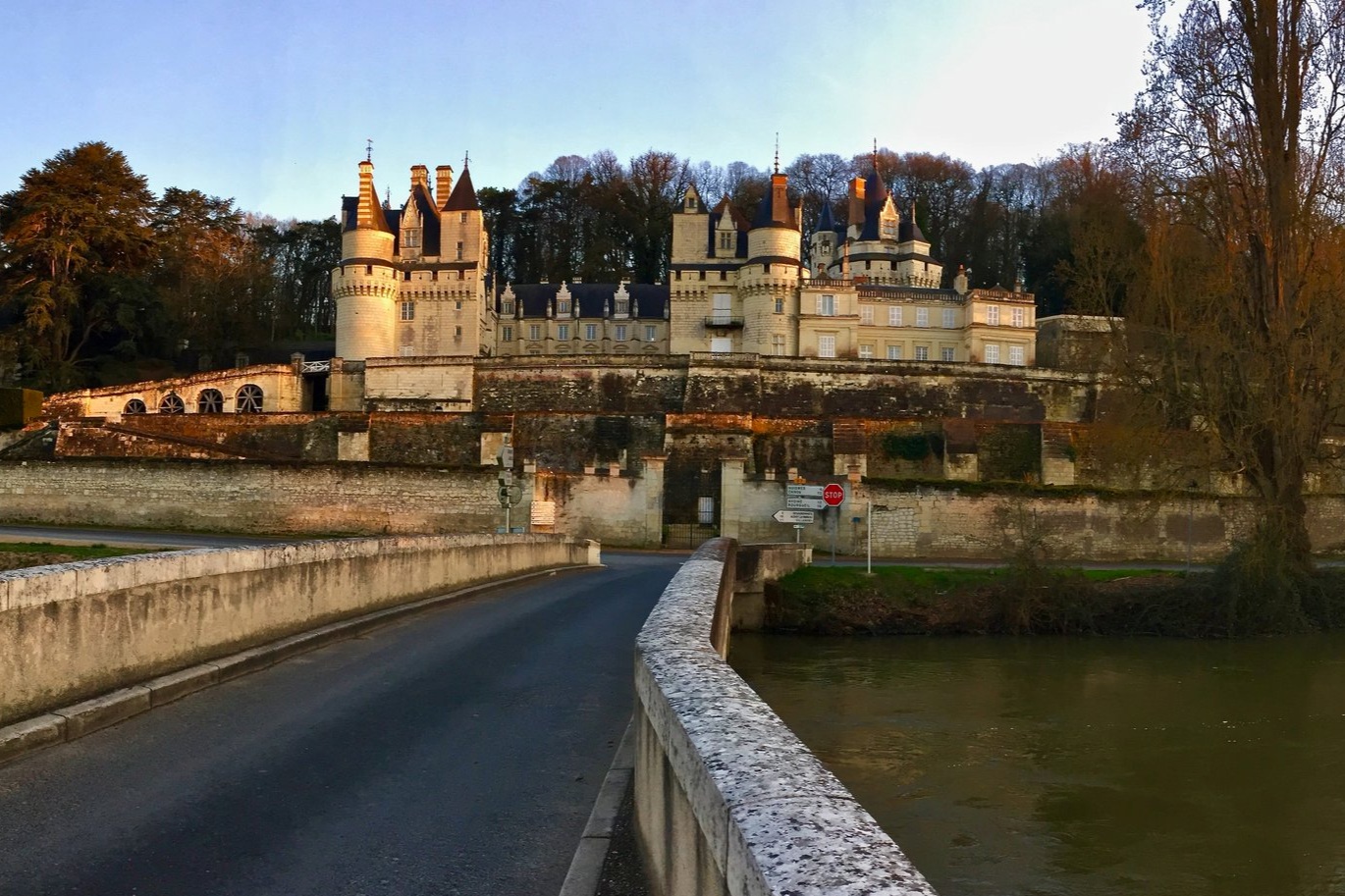
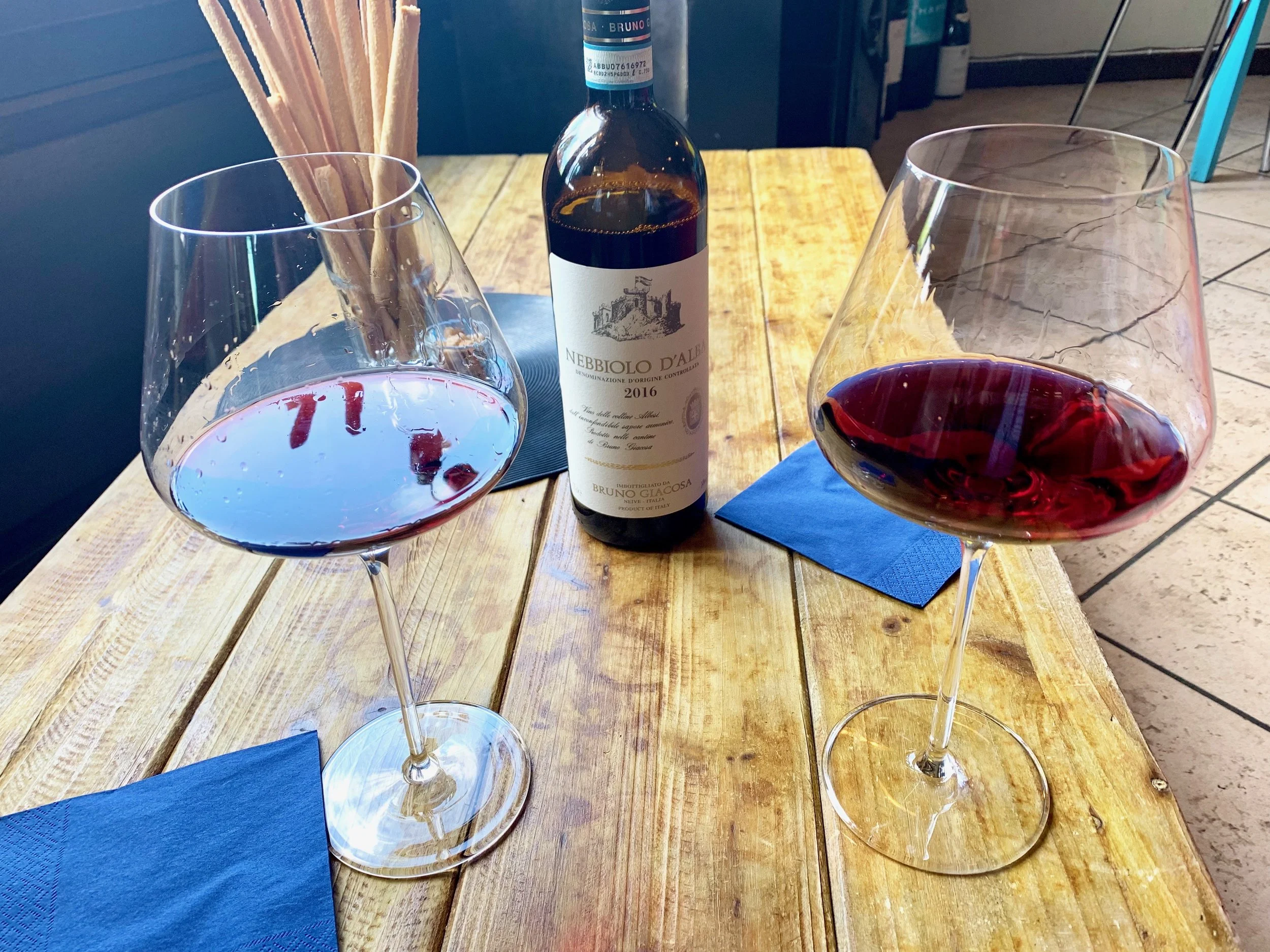

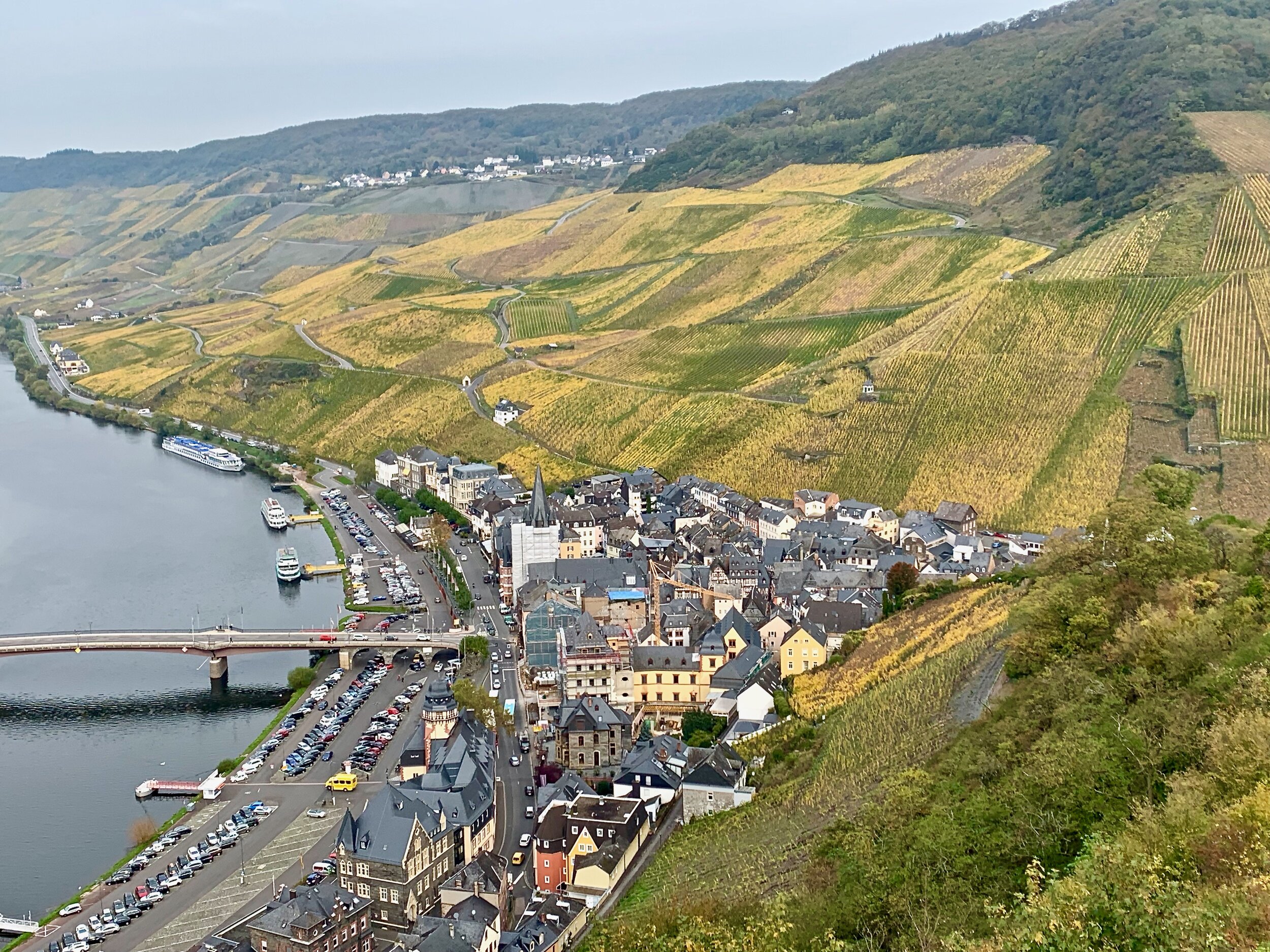
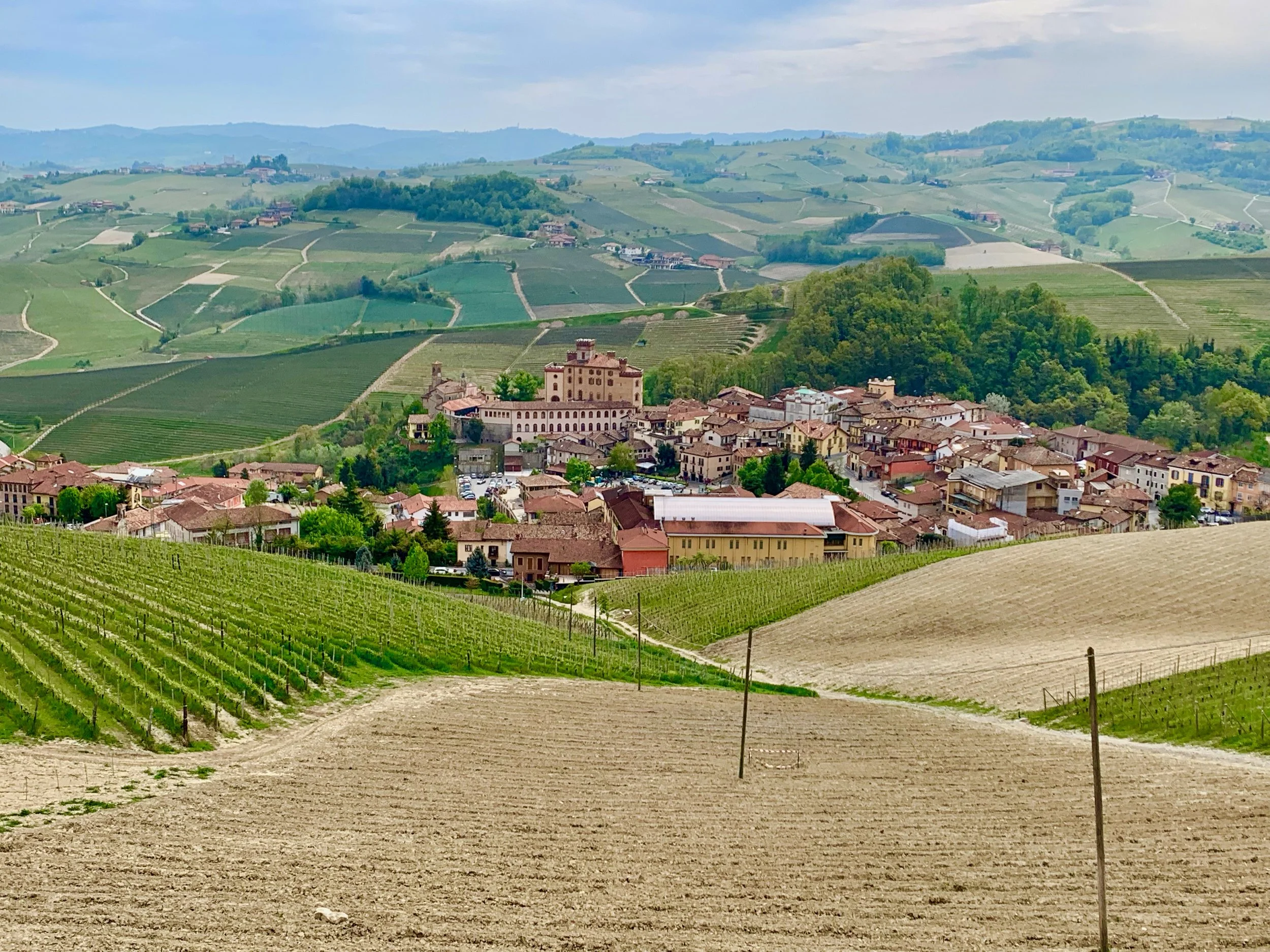
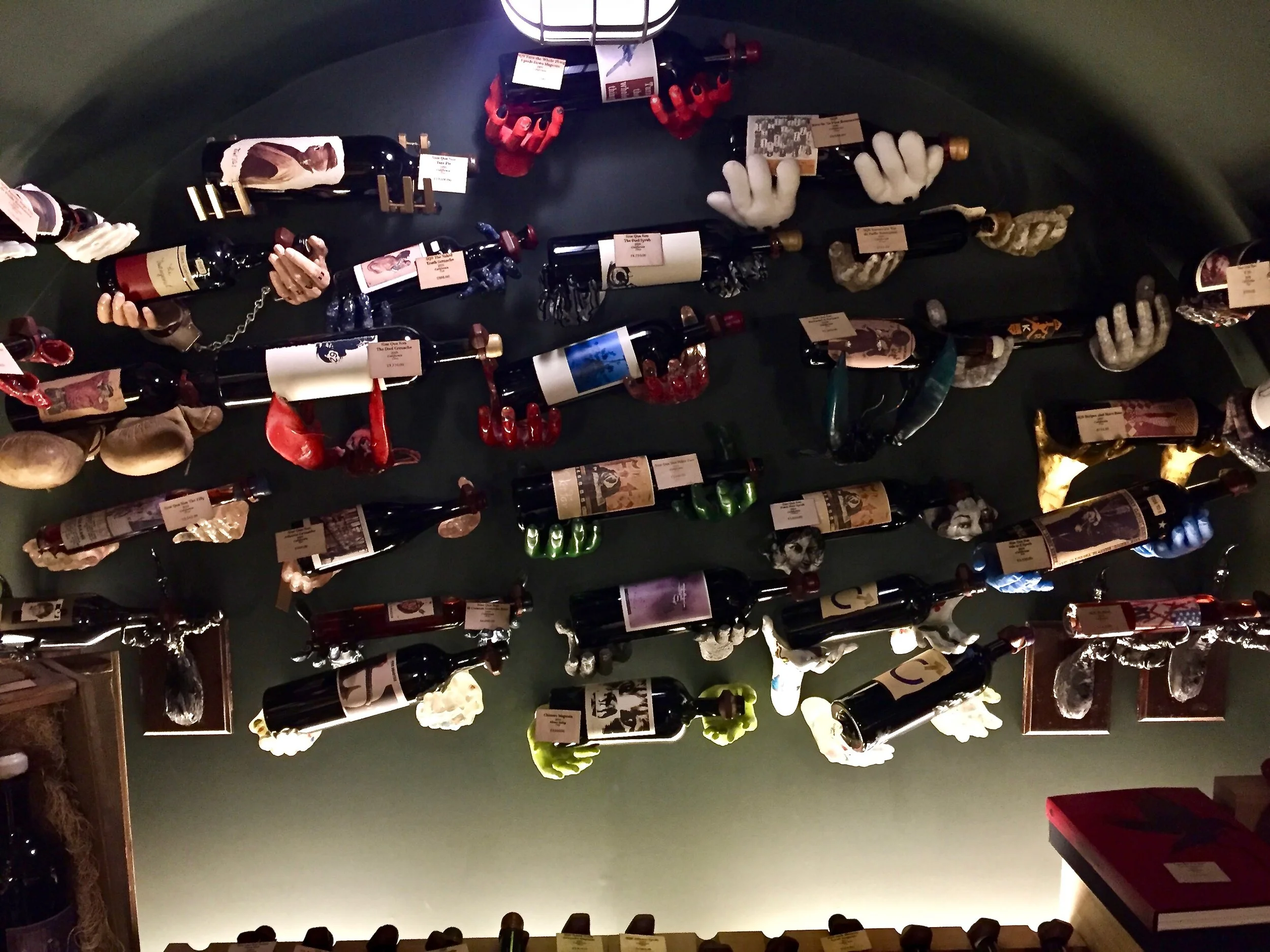




When you are Planning a Trip to Europe, and specifically, a Trip to France, you may want to include Alsace in your Travel Itinerary. This 3 Day Itinerary in Alsace includes wine, food, history, hiking and castles. Charming and colorful villages, beautiful scenery, and welcoming wineries wait for you in Alsace, France.